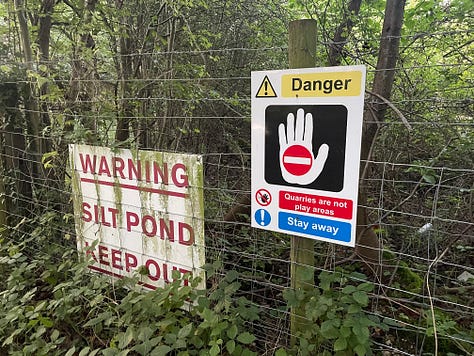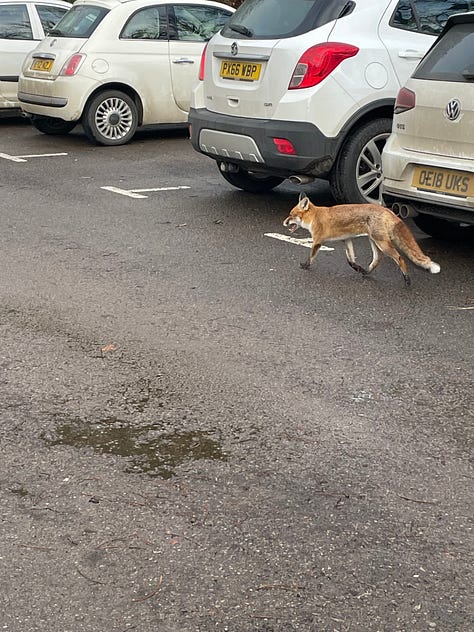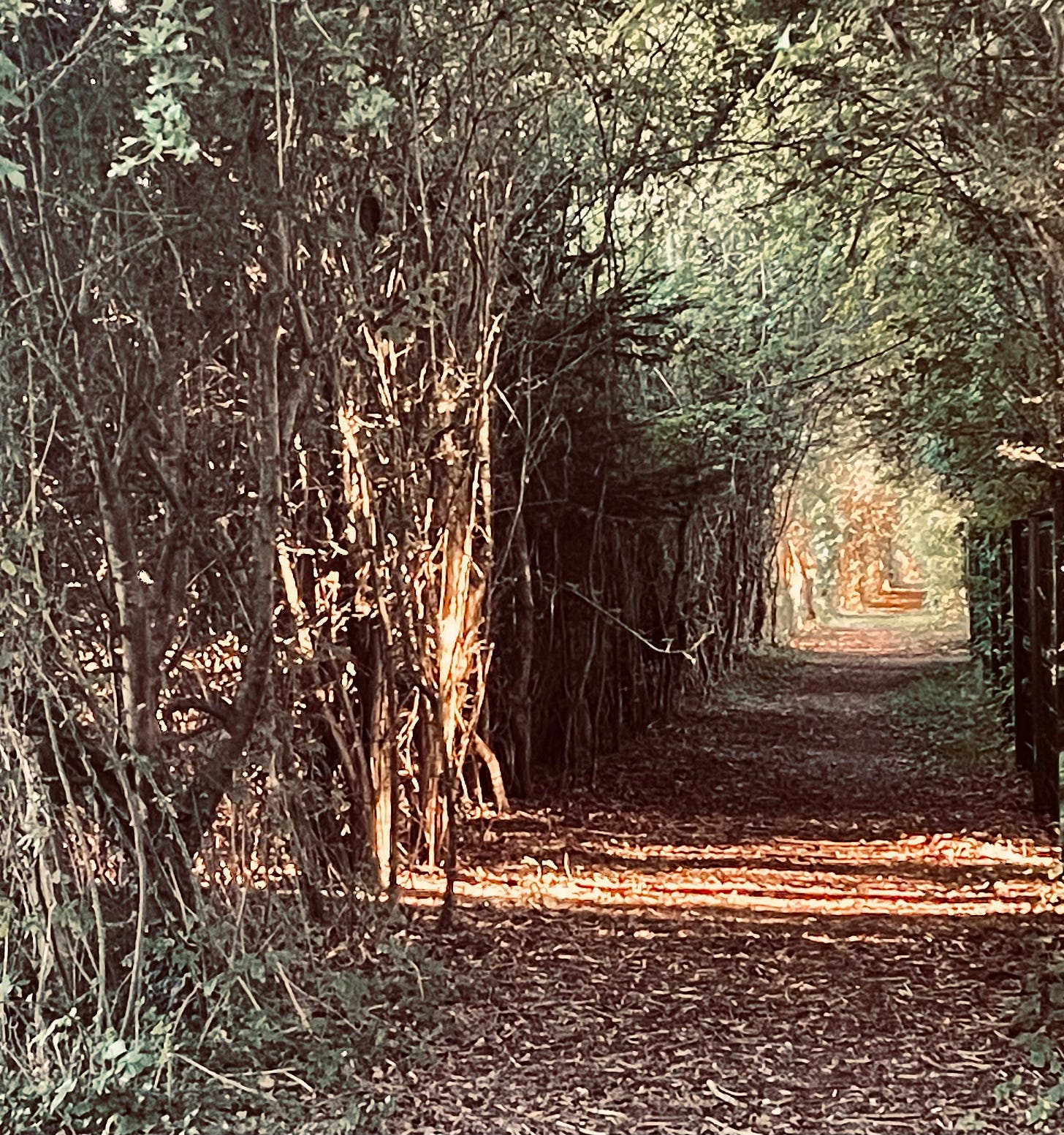Can walking be a form of knowledge? This week, I’ve been thinking about how to make sense of the messy space of reality and I’ve been investigating methods and tools that might help. I keep coming back to this question. Can a walk tell us something new about our working, social, or everyday lives? Can it be research?
Ethnographers would probably snort and think I was an idiot for even asking. As a way of observing ordinary experiences, walking is exceptionally effective. Much of the truth about humanity can be unpacked simply by wandering and watching, as many writers know intuitively. By moving through a place, walking researchers can experience it – and better comprehend it – somewhat ‘in the shoes’ of the population that lives there. And rather than sitting conspicuously in a corner with a notebook, perambulating observers look like they have a reason to be around.



The walking researcher may ask a particular subject to lead them through part of their world, following paths that are meaningful to them and explaining significant features: a favourite tree, a corner shop trading friendly interaction as well as groceries, a deserted playground populated with forgotten childhoods, a bench where a long-lost companion sits. Merging walking with memory and storytelling helps to build ‘thick descriptions’ of reality, rich accounts of lives lived in space and time.
Different forms of knowledge generation approach walking in their own way. Community researchers use ‘transect walks’ to work with local participants and explore the landmarks, assets, hazards, and social dynamics that make up diverse social spaces. In some parts of the business world, the term genba or gemba is used to mean ‘the real place’ and ‘gemba walks’ are structured walkarounds that managers take to observe and understand the value of their workforce in situ.
We often think of knowledge and research as desk-bound things, fixed in academic publications and reports and tied up with complex terminology or calculations. But embodied knowledge has always been the starting point - from empirical experiments that focus on the effects of certain stimuli on the body, to observational studies of the changing environment. For myself and my own way of discovering and learning, I’m often torn between the desire to curl up with a book and the need to get out and actually enter the world. And at this time of year, the cosy library sometimes appeals more than field work. But I’m excited to learn more about walking methods.






Interesting ideas, Alison, thank you. I have been walking for work for many years, researching books and articles, but in an historical context rather than a contemporary one. Good to have new insight.